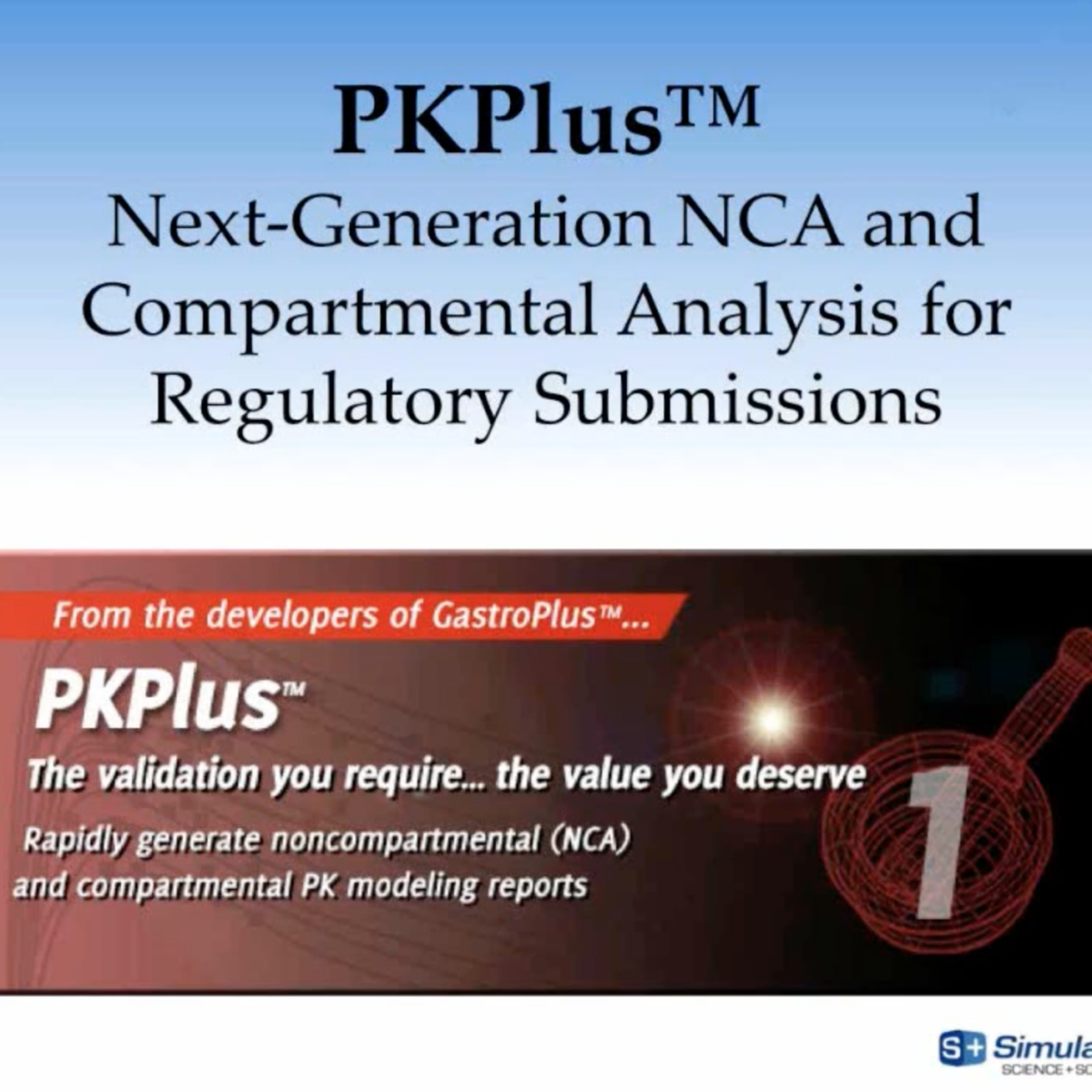Malaria parasite strains have emerged to tolerate the therapeutic effects of the prophylactics and drugs presently available.

Consensus of classification trees for skin sensitisation hazard prediction
Since March 2013, it is no longer possible to market in the European Union (EU) cosmetics containing new ingredients tested on animals.

Characterization of Pharmacokinetics in the Göttingen Minipig with Reference Human Drugs: An In Vitro and In Vivo Approach
This study aims to expand our understanding of the mechanisms of drug absorption, distribution, metabolism and excretion in the Göttingen minipig to aid a knowledge-driven selection of the optimal species for preclinical pharmaceutical research.

Gastrointestinal behavior and ADME phenomena: II. In silico simulation
The main goal of the pharmacokinetic modeling is the prediction of the drug concentration in the blood, tissues, and organs.

High-throughput virtual screening and quantum mechanics approach to develop imipramine analogues as leads against trypanothione reductase of leishmania
Visceral leishmaniasis (VL) has been considered as one of the most fatal form of leishmaniasis which affects 70 countries worldwide.

Informing the Human Plasma Protein Binding of Environmental Chemicals by Machine Learning in the Pharmaceutical Space: Applicability Domain and Limits of Predictability
The free fraction of a xenobiotic in plasma (Fub) is an important determinant of chemical adsorption, distribution, metabolism, elimination, and toxicity, yet experimental plasma protein binding data are scarce for environmentally relevant chemicals.

Simulations Plus Joins European SimInhale Consortium
EU Framework Programme (Horizon 2020) for Acceleration of New Inhaled Medicines

In vitro–in vivo–in silico simulation studies of anti-tubercular drugs doped with a self nanoemulsifying drug delivery system
This study aimed to formulate a self-nanoemulsifying drug delivery system (SNEDDS) for enhanced pharmacokinetic (PK) behavior of rifampicin and isoniazid...

PKPlus™ – The next-generation software for preclinical and clinical trial data analysis
Every lead compound that enters preclinical testing warrants some form of noncompartmental analysis (NCA), with promising candidates that are heading into clinical trials requiring validated NCA as part...

Simulations Plus Reports Preliminary Revenues for Fourth Quarter and Fiscal Year 2016
Company Reports Record Fourth-Quarter and Full-Year Revenues

Physiologically Based Absorption Modeling for Amorphous Solid Dispersion Formulations
Amorphous solid dispersion (ASD) formulations are routinely used to enable the delivery of poorly soluble compounds.

Justification of drug product dissolution rate and drug substance particle size specifications based on absorption PBPK modelling for lesinurad immediate release tablets
In silico absorption modeling has been performed, to assess the impact of in vitro dissolution on in vivo performance for ZURAMPIC (lesinurad) tablets.

Advanced research technology for discovery of new effective compounds from Chinese herbal medicine and their molecular targets.
Traditional biotechnology has been utilized by human civilization for long in wide aspects of our daily life, such as wine and vinegar production, which can generate new phytochemicals from natural products using micro-organism.

Janus kinase (JAK) inhibitors in the treatment of inflammatory and neoplastic diseases
The Janus kinase (JAK) family of non-receptor protein-tyrosine kinases consists of JAK1, JAK2, JAK3, and TYK2 (tyrosine kinase-2). Each of these proteins contains a JAK homology pseudokinase (JH2) domain...

Evaluation of the GastroPlus™ Advanced Compartmental and Transit (ACAT) Model in Early Discovery
The aim of this study was to evaluate the oral exposure predictions obtained early in drug discovery with a generic GastroPlus Advanced Compartmental And Transit (ACAT) model based on the in vivo intravenous...

PBPK modeling and simulation in drug research and development
Physiologically based pharmacokinetic (PBPK) modeling and simulation can be used to predict the pharmacokinetic behavior of drugs in humans using preclinical data.

Physiologically Based Absorption Modeling to Impact Biopharmaceutics and Formulation Strategies in Drug Development—Industry Case Studies
In recent years, there has been a significant increase in use of physiologically based pharmacokinetic models in drug development and regulatory applications.

Use of physiologically relevant biopharmaceutics tools within the pharmaceutical industry and in regulatory sciences: Where are we now and what are the gaps
Regulatory interactions are an important part of the drug development and licensing process.
